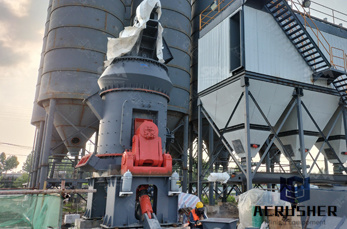Schoolcraft Blast Furnace
The blast furnace extracted iron from a mixture of ore, charcoal, and limestone. These ingredients are added at the top. The temperature is raised by the injection of ...
 WhatsApp)
WhatsApp)
The blast furnace extracted iron from a mixture of ore, charcoal, and limestone. These ingredients are added at the top. The temperature is raised by the injection of ...

Request a quotation. Blast furnace Simple English Wikipedia, the free . Process. Ore, limestone and carbon in the form of coke are put into the top of the blast ...

In the blast furnace application, the production of iron historically required three important raw materials: iron ore, coal converted to "coke", and chemical grade ...

Studies of the efficiency of granulated blast furnace. pdf. Studies of the efficiency of granulated blast furnace slag and limestone filler in mortars long term ...

How a Blast Furnace Works AISI: American Iron and Steel ... The limestone descends in the blast furnace and remains a solid while going through its first reaction ...

Extracting iron from iron ore using a Blast Furnace. The Blast Furnace; The reduction of the ore. The function of the limestone; Cast iron; Steel; Steelmaking: the ...

Dec 11, 2017· This is made by heating carbon in the. By heating calcium carbonate it is thermally decomposed into oxide (quick lime) well i have my chemistry paper in 4 ...

limestone used in blast furnace. What is the use of limestone in a blast furnace? Sep 16, 2008 #183nbspI know that limestone is calcium oxide.

Blast furnace Wikipedia, the free encyclopedia. A blast furnace is a type of metallurgical furnace used for smelting to produce industrial metals, generally iron ...

Blast furnace: Blast furnace, ... at a high temperature in the presence of a fluxing agent such as limestone. Ironmaking blast furnaces consist of several zones: ...

Limestone Furnace is easily accessible from the road and the outer shell is in good condition. The inner firebrick has been removed, ... Blast: Hot Type: Charcoal

How it works: The Blast Furnace ... The limestone descends in the blast furnace and remains a solid while going through it s first reaction as follows:

Limestone for Blast Furnace Applications In the blast furnace application, the production of iron historically required three important raw materials: ...

Extraction of Iron in the Blast Furnace. The use of Limestone to Remove Impurities.

blast furnace limestone, process crusher . Why is Limestone added to a Blast Furnace for producing Iron? In a blast furnace why are the coke and limestone needed ...

Ore, limestone and carbon in the form of coke are put into the top of the blast furnace in layers. At the same time, hot air called "wind" is blown inside the furnace.

Feb 15, 2016· Contact Us For Help: iron ore pellet consumption percentage blast furnace limestone ...

Use of Blast Furnace Slag Aggregate in Concrete ... The results indicate that the unit weight of Blast Furnace Slag aggregate ... those of the limestone aggregate ...

Nowadays limestone powder and blast furnace slag (BFS) are widely used in concrete as blended materials in cement. The replacement of Portland cement by limestone ...

The limestone descends in the blast furnace and remains a solid while going through its first reaction as ... Documents Similar To WorkingofaBlastFurnace. Skip carousel.

Making iron In the blast furnace. ... limestone: calcium carbonate: helps to remove acidic impurities from the iron by reacting with them to form molten slag : air:

The charge is placed a giant chimney called a blast furnace. ... The limestone from 2, reacts with the sand to form slag (calcium silicate): ...

Sep 16, 2008· I know that limestone is calcium oxide. It is combined with coke and iron ore in order to produce molten iron (alond with slag). I need to know and ...

Iron Ore Processing for the Blast Furnace (Courtesy of the National Steel Pellet Company) ... Limestone is added to meet the requirements of steel customers in the
 WhatsApp)
WhatsApp)